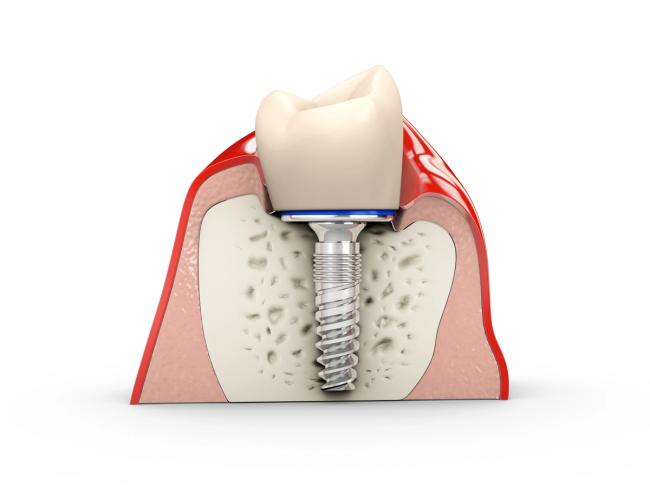
We are dedicated to helping you maintain optimal oral health with proactive care and education. We serve patients in the Morganville area, focusing on preventing dental issues before they arise.
If you are missing one tooth, a dental implant is often the best replacement option as it looks and feels the closest to your natural tooth as possible.
Dental bridges and implants or implant-supported partials can be combined to replace multiple missing teeth. We offer many solutions to this problem and will discuss which option is best for you.
Some patients are not satisfied with how their dentures fit. If you are one of these patients, we have denture solutions to give you a fuller, healthier smile with long-lasting stability.


Dr. Chan has extensive implant knowledge and experience. He can place and restore your dental implants in our office - eliminating the need to send you to another doctor.